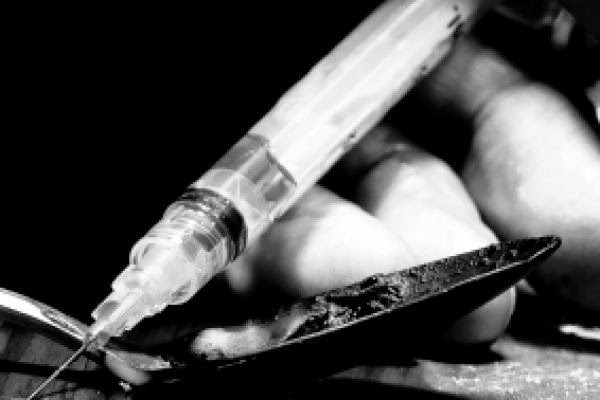| Online: | |
| Visits: | |
| Stories: |

| Story Views | |
| Now: | |
| Last Hour: | |
| Last 24 Hours: | |
| Total: | |
First Method of Detecting Drugs of Abuse in Exhaled Breath
Credit: www.recovery.org
Professor Olof Beck, lead researcher of the study, and his team have developed the first fully validated and robust screening method for the routine measurement of drugs of abuse in exhaled breath. The procedure involves a simple method of sample collection and preparation, which is followed by a highly sensitive analytical technique known as LC-MS (Liquid chromatography-mass spectrometry). The drug groups which are identifiable following the technique include: amphetamines, methamphetamines, cannabis, cocaine and heroin.
“The underlying mechanism in exhaled breath drug testing is believed to be the formation of aerosol particles from the airway lining fluid by the breathing process. These aerosol particles may become contaminated with drugs present in the body, which enables drugs to be highlighted. A simple collection device is currently available which selectively collects the micrometer aerosol particles on a filter and enables further laboratory investigation of possible drug content,” explained Prof. Beck.
When asked if he could foresee this method of drug testing being used routinely, for example, in roadside tests relating to DUID (Driving Under the Influence of Drugs), Prof. Beck said, “Yes, I see many possible applications of breath drug testing. DUID is only one; workplace, criminal justice, accidents and compliance monitoring of patients are others. For DUID, the short detection time is relevant since the state of influence is in focus, and this combined with the convenient sampling procedure makes it an attractive solution for roadside testing.”
Prof. Dr. Rainer Bischoff, University of Groningen added, “As Editor in Chief, I am delighted that Professor Beck and his team of researchers chose to publish his findings in the Journal of Chomatography B. JCB has a long tradition in publishing novel methods with a clear link to biomedical applications. I do hope that implementation of Professor Beck’s methodology will help prevent accidents due to illicit drug use and provide a sound basis for drug testing in doping and many other areas.”
Elsevier Connect
Citation: ”Method validation and application of a liquid chromatography-tandem mass spectrometry method for drugs of abuse testing in exhaled breath” Journal of Chromatography B, Volume 985, 15 March 2015, Pages 189-19, published by Elsevier.
Source:




